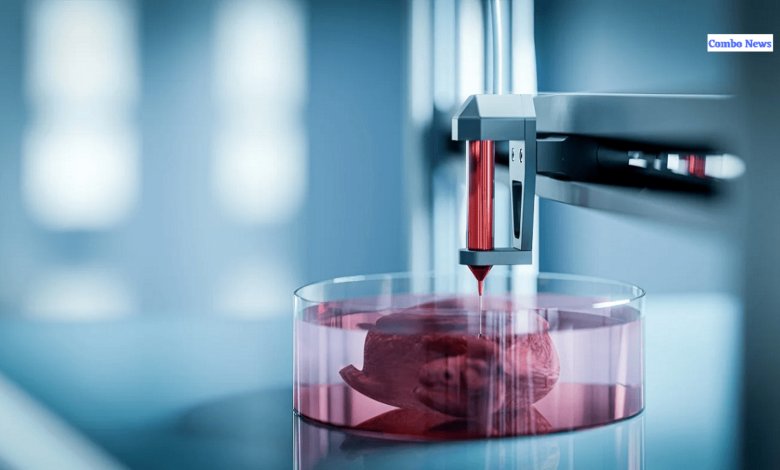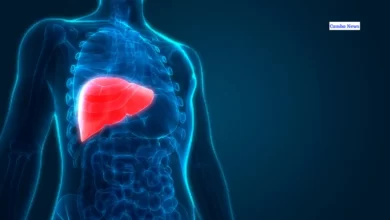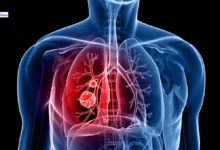
According to the most recent analysis by BIS Research, the bio printing market is predicted to increase by 15.7% over the next 5-7 years and reach approximately $4.70 billion by 2025. Even though the growth figures point to a chaotic environment, it is important to become familiar with the major actors. Here, we’ve compiled a list of the top bio printing businesses available right now.
05 Top Bio Printing Companies
Organovo
Organovo, a business with headquarters in San Diego, is the most well-known tissue engineering company. It has been working hard to create a line of human tissues for use in drug discovery and medical research. Both healthy tissues and specially created disease models are part of this. Also, they are developing certain tissues that will be used in clinical patient treatment.
They announced in 2014 that they had successfully printed liver tissue that worked for weeks like a real liver. A year later, the business’s 3D bio printer produced fully functional human kidney tubular tissues. L’Oréal and Organology collaborated to further the creation of synthetic skin. Additionally, the FDA is anticipated to receive the business’s first bio printed products in 2018.
Also Read | Here Are Some Tips to Manage Hypothyroidism
Cellink
The US-based company Cellink creates both bio printers and bio printing materials to give researchers and healthcare professionals ready-to-print or use models to enable 3D cell culture, personalised medicine, and improved treatments. Printing tissues including liver, cartilage, skin, and even fully functional cancer tumours is done using disruptive technology, which can subsequently be utilised to create new cancer treatments.
According to Ariel Kramer, Chief Communication Officer of CELLINK, they anticipate that bioprinting will help reduce animal experimentation and influence the future of healthcare. “Consider a world in which bio printing may be used to create skin for burn sufferers, test cosmetic products, and provide individualised healthcare for the treatment of diseases. The list is endless”, she added.
Aspect Bio systems
The Canadian bio printing business is the result of a collaboration between top engineering and medical research departments at the University of British Columbia, and it is based on more than ten years of research. Instead of printing actual tissues, they are more concerned in offering a platform and supporting materials for bio printing, such as biomaterials, print head cartridges, or tissue solutions.
The business has partnered with Johnson & Johnson to manufacture 3D-printed knee meniscus tissue, which is the thin, fibrous cartilage that lies between some of your joints. The company has been working with the Frampton Lab to develop synthetic skin tissue.
Also Read | Want to Lose Weight? Here Are 10 Healthy Dinner Recipes That You Can Try for Yourself
Cyfuse Biomedical
The term “fusing cells (cyto-)” is where the name of the Japanese bio printing company derives from. According to their description, their work involves fusing cells to produce tissues and organs in a variety of different ways.
The unique selling point of Cyfuse’s tissue synthesis technology is that it can produce tissues more quickly and effectively without the usage of scaffolds like collagen or polymers. Last year, Japanese scientists developed scaffold-free 3D printed human liver tissue that could be used to investigate the toxicity of pharmaceuticals and maintained metabolic functioning.
TeVido Biodevices
The Austin-based bio printing business provides survivors of breast cancer optimism that they won’t lose their femininity even after major operations. TeVido is a combination of the Spanish words tejido (tissue) and vida (life).
For a variety of reconstructive and cosmetic procedures, they use 3D printers. Their therapies range from nipple repair for breast cancer survivors to autologous cell therapy for people with vitiligo. To reduce the risk of rejection and improve the quality of life for the patients, they strive to print using the patients’ own tissues and pigment-producing cells (melanocytes).
FAQs
What is the work of Cyfuse biomedical?
According to their description, their work involves fusing cells to produce tissues and organs in a variety of different ways.
What are the therapies of tevido biodevices?
Their therapies range from nipple repair for breast cancer survivors to autologous cell therapy for people with vitiligo.
Also Read | What is a medical device? And it Types








